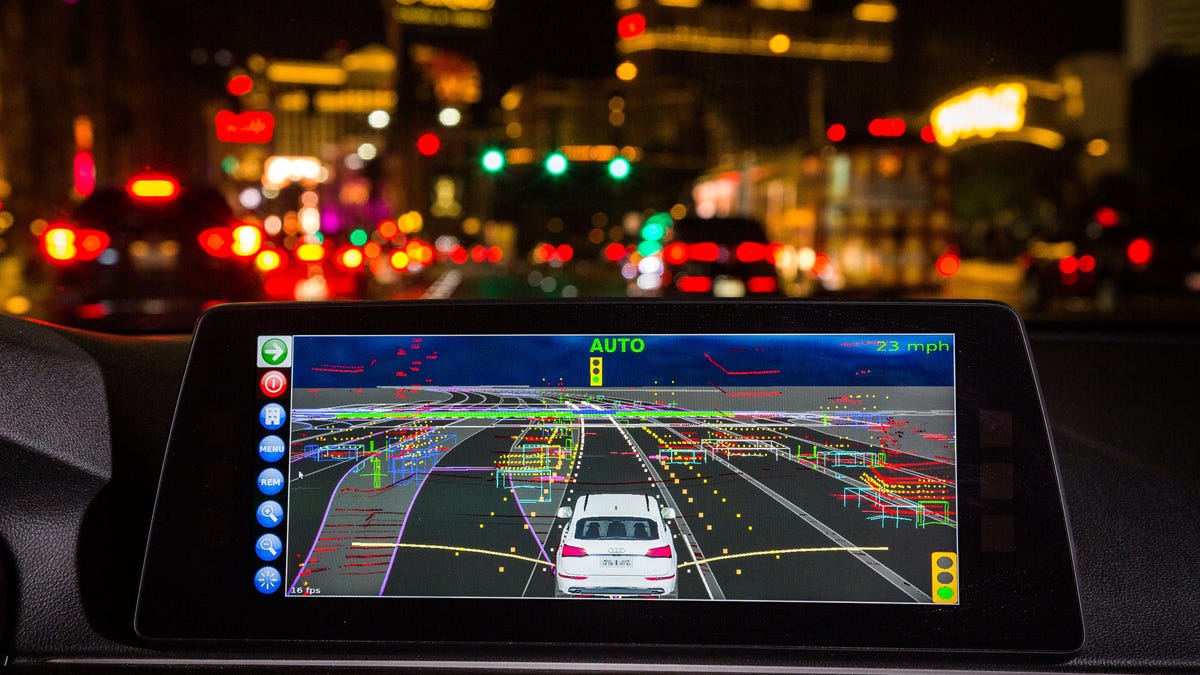BMW's Magna solid-state lidar deal paves the way to autonomy
Solid-state lidar could bring costs way down for tech that's currently very expensive.

Many automakers believe that lidar, light-based mapping, is the key to vehicle autonomy. However, lidar is still pretty darn expensive, which makes mass-market adoption difficult. A new kind of lidar could change that, and BMW is ready to adopt it.
Magna and Innoviz Technologies announced today that the two companies will provide BMW with solid-state lidar technology for its future autonomous vehicles. Magna is a global automotive supplier, while Innoviz specializes in building lidar systems. Its new product, the InnovizOne, will be what ends up in BMW's vehicles.
Considering how complex and homely the spinning lidar emitters are, this one's pretty easy on the eyes.
Lidar uses beams of light to measure distances to targets and create high-resolution maps of the area around the sensor. It's similar to radar, which relies on radio waves instead of light. If you've ever seen a self-driving car with a giant spinning thing on it, that's the lidar emitter -- the reason it spins is so the sensor can cast light in every direction. Cars don't rely on lidar alone. Instead it works in conjunction with a variety of other components, including cameras, ultrasonic sensors and radar.
That's where solid-state lidar comes in. It lacks moving parts, which means packaging can shrink and costs can drop. Some current lidar systems cost tens of thousands of dollars, which isn't exactly viable for mass-produced autonomous vehicles. Solid-state lidar hopes to bring costs down to where they can be added to cars without sending window stickers through the roof.
It's worth noting that the InnovizOne sensor, while technically solid-state, still contains moving parts. Micro-electromechanical systems (MEMS) such as the InnovizOne rely on a millimeter-scale mirror that spins quickly, directing a fixed laser beam in different directions. Innoviz claims it will work for all SAE levels of autonomy.
Analyst Sam Abuelsamid reports that Innoviz is aiming for a sub-$1,000 cost per sensor for its InnovizOne, which is significantly cheaper than the $4,000 price tag that Velodyne charges for its VLP-16 sensor -- and Chevrolet's autonomous Bolt EVs use five of them. Adding $20,000 to each car's bottom line will be a hard sell for consumers and businesses alike, so bringing lidar costs down is paramount to large-scale deployment.

